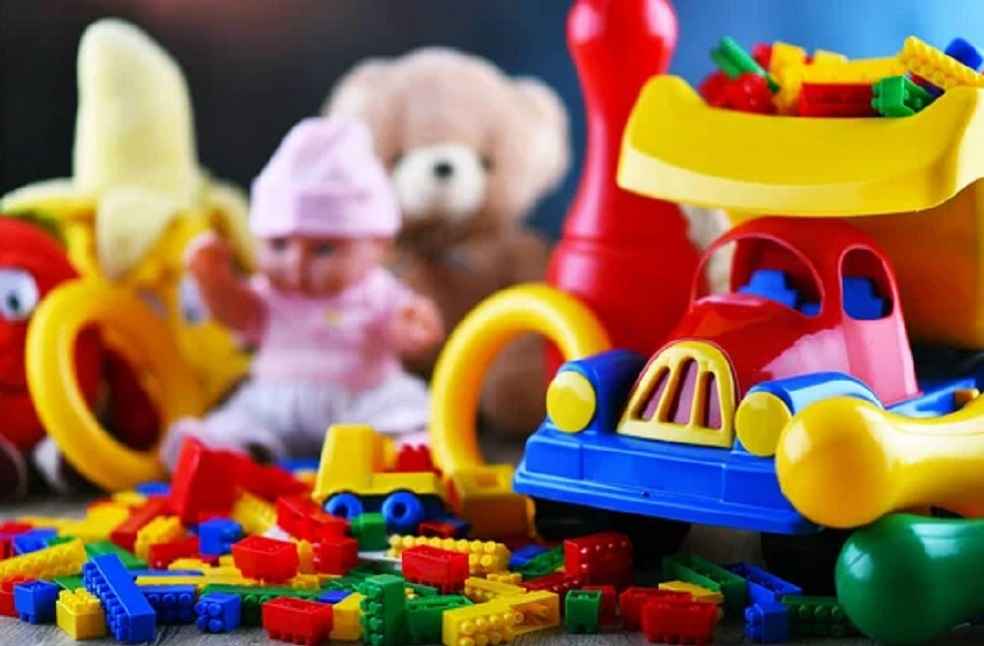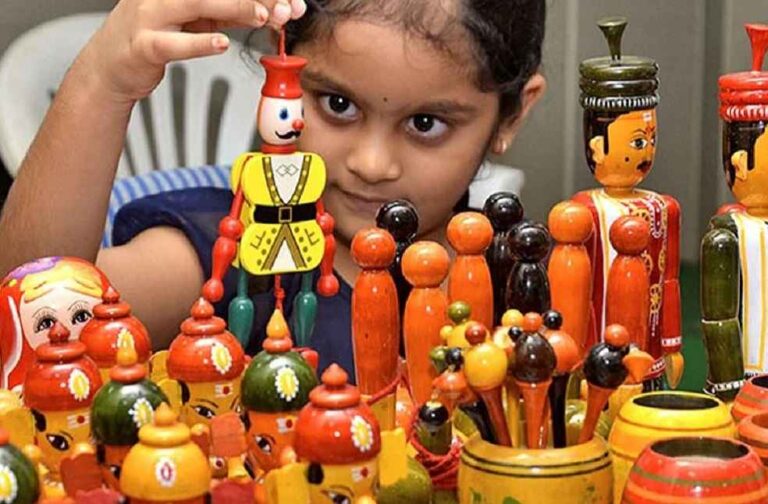Recent regulatory changes have markedly reduced the inflow of substandard toys into India, yet these measures have not spurred a similar increase in India’s toy exports. The country’s decision to escalate customs duties on toys to 70% coupled with stringent safety standards has curtailed imports but left exports languishing.
Starting in February 2020, the basic customs duty on toys was raised from 20% to 60%, with an additional increase to 70% coming in July 2021. Simultaneously, the Quality Control Order (QCO) mandated that all toys sold within the country, regardless of origin, comply with exacting Indian Standards. These regulations cover critical safety concerns including the prevention of sharp edges, small parts hazards, flammability risks, and the leaching of harmful chemicals. Compliance with these standards is confirmed through the mandatory Bureau of Indian Standards (BIS) certification mark.

This regulatory tightening has led to a substantial decline in toy imports, from $304.1 million in FY2019 to just $64.9 million in FY2024, with the steepest fall recorded between FY2020 and FY2022. The proportion of imports originating from China has decreased from 87% of total toy imports to 64% over the same period.
Conversely, the export figures present a stark contrast. Data from the Global Toy Research Institute (GTRI) indicates only a slight initial rise in exports—from $129.6 million in FY2020 to $177 million in FY2022—before a drop to $152.3 million by FY2024. Meanwhile, China maintains a robust footprint in the global market, exporting $48.3 billion worth of toys and claiming an 80% share of worldwide exports. In comparison, India’s global market presence is barely noticeable, with a 0.3% share totaling $167 million.

For a significant shift toward a more competitive stance globally, GTRI recommends that India intensifies its investment in research and development to drive innovation in toy design and functionality. Creating robust partnerships between manufacturers and design institutes could stimulate ongoing innovation, while establishing specialized manufacturing hubs might reduce costs and enhance production efficiency.
Additionally, inviting global toy manufacturing leaders like Hasbro, Mattel, Lego, Spin Master, and MGA Entertainment to set up operations in India could provide a substantial boost. Understanding and applying the strategies that propelled China to prominence in toy manufacturing could offer crucial strategies for India’s advancement in the global toy industry. These initiatives could transform India’s role from a primarily import-focused market to a significant force in global toy exports.
AEROSPACE AND DEFENCE | Aerospace and Defense Market: Soaring to New Heights



